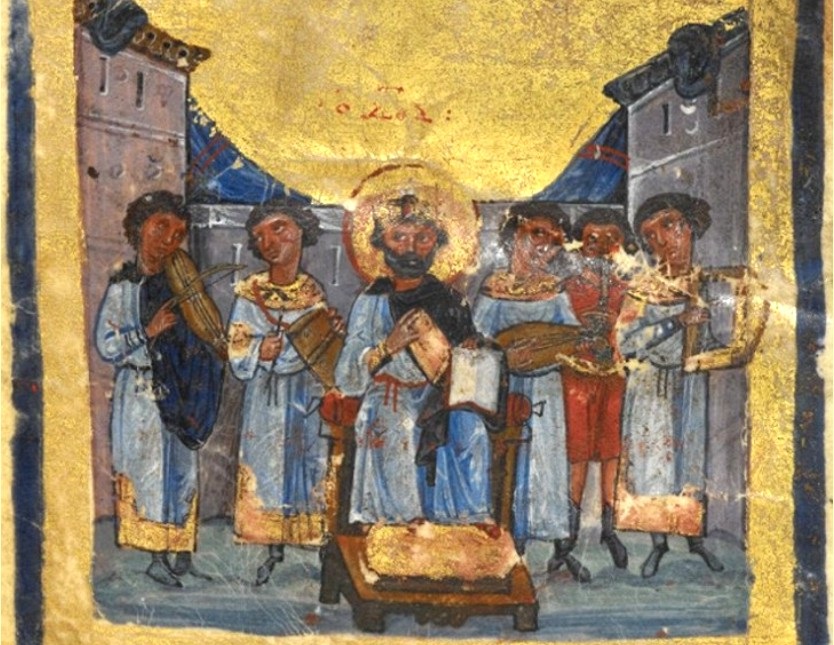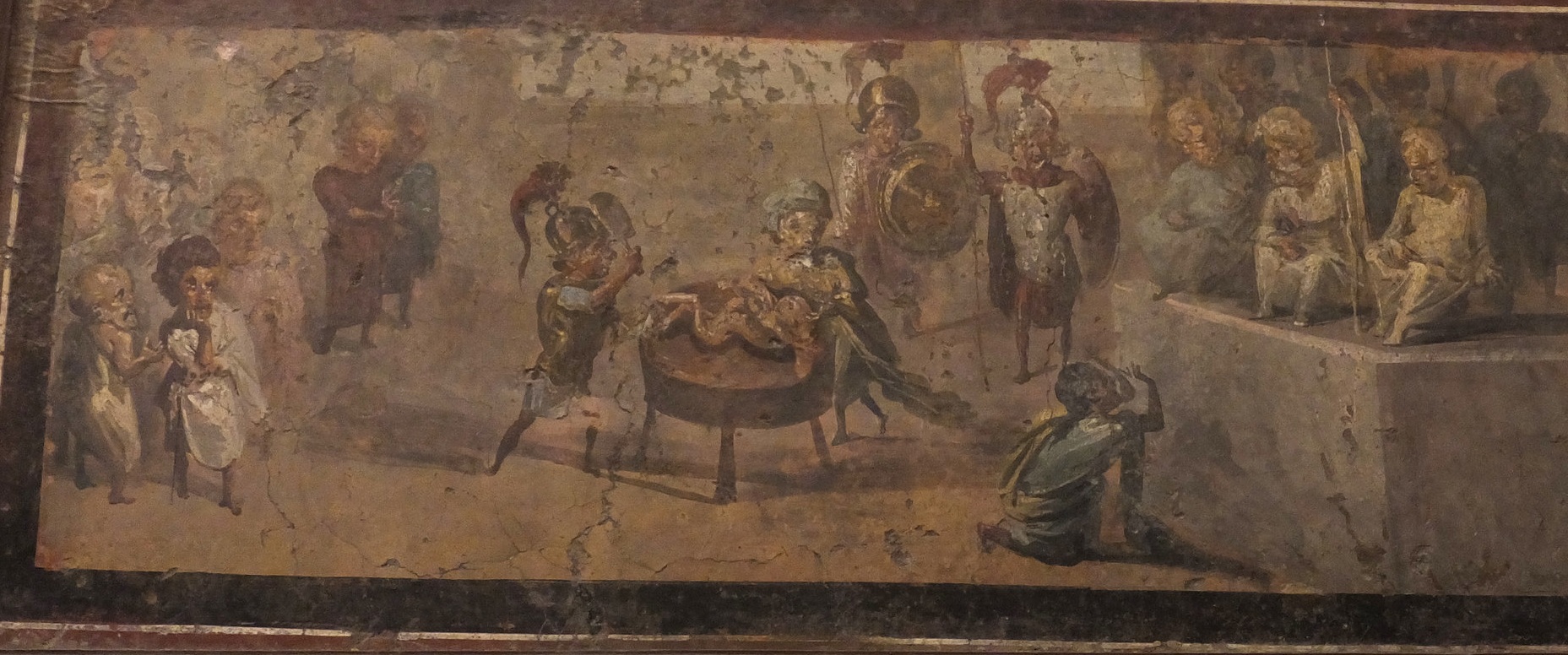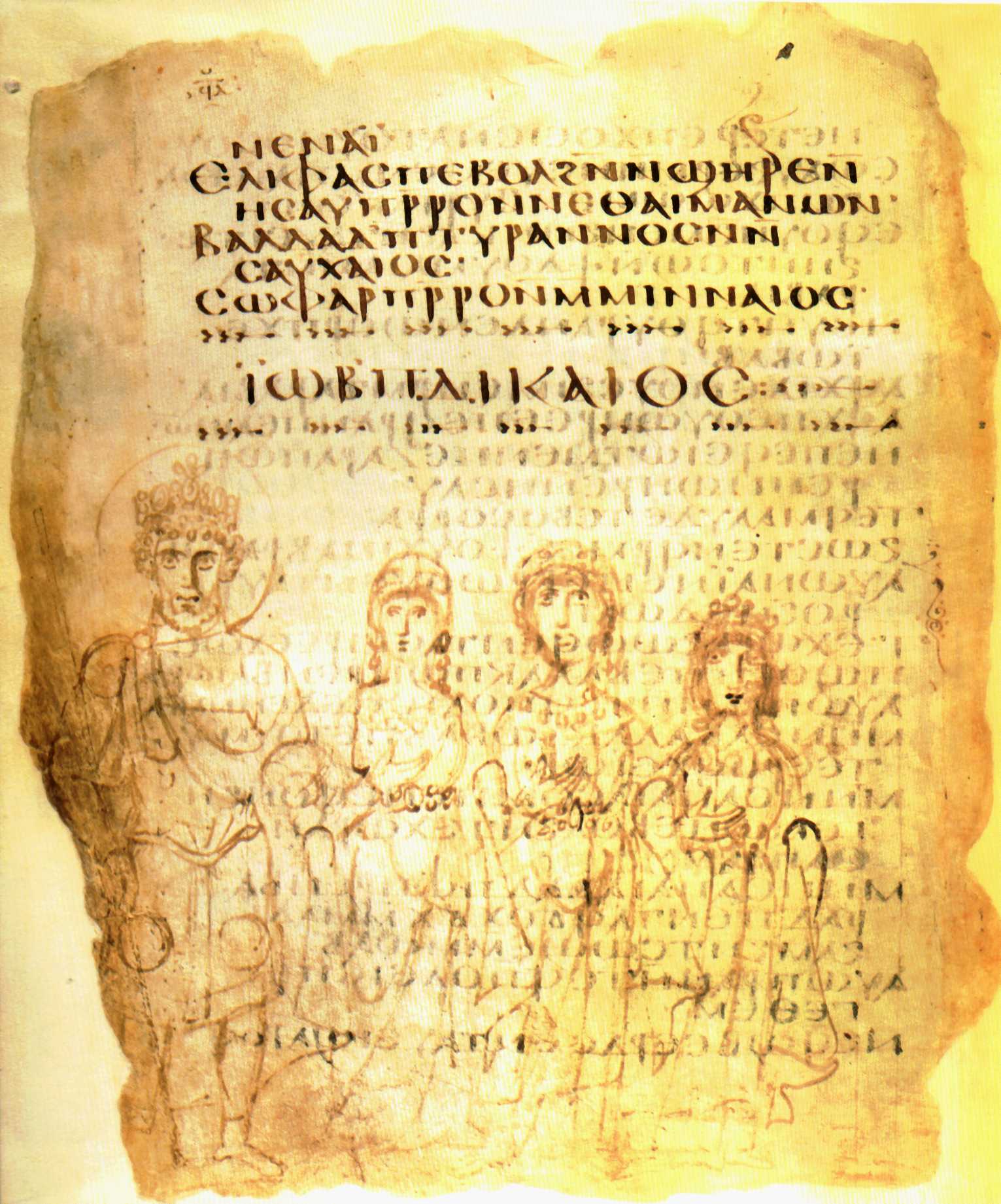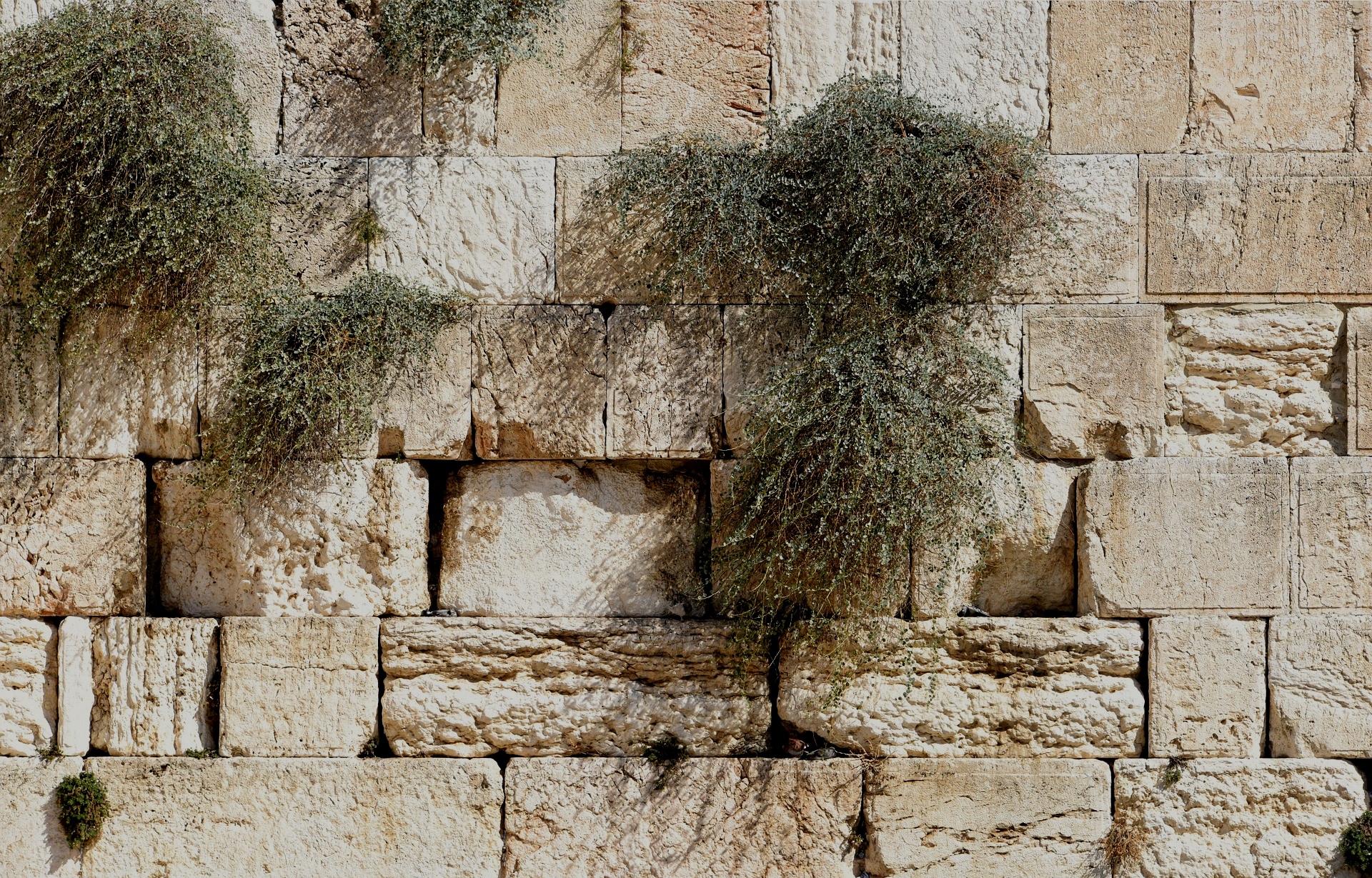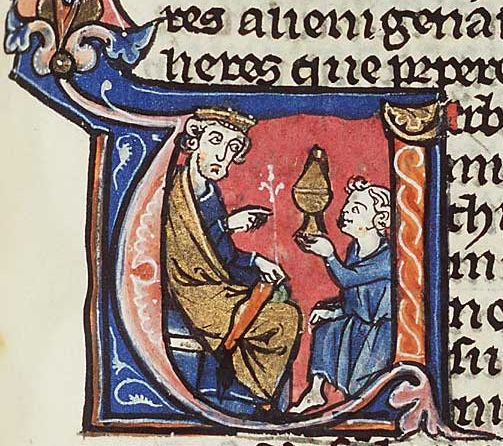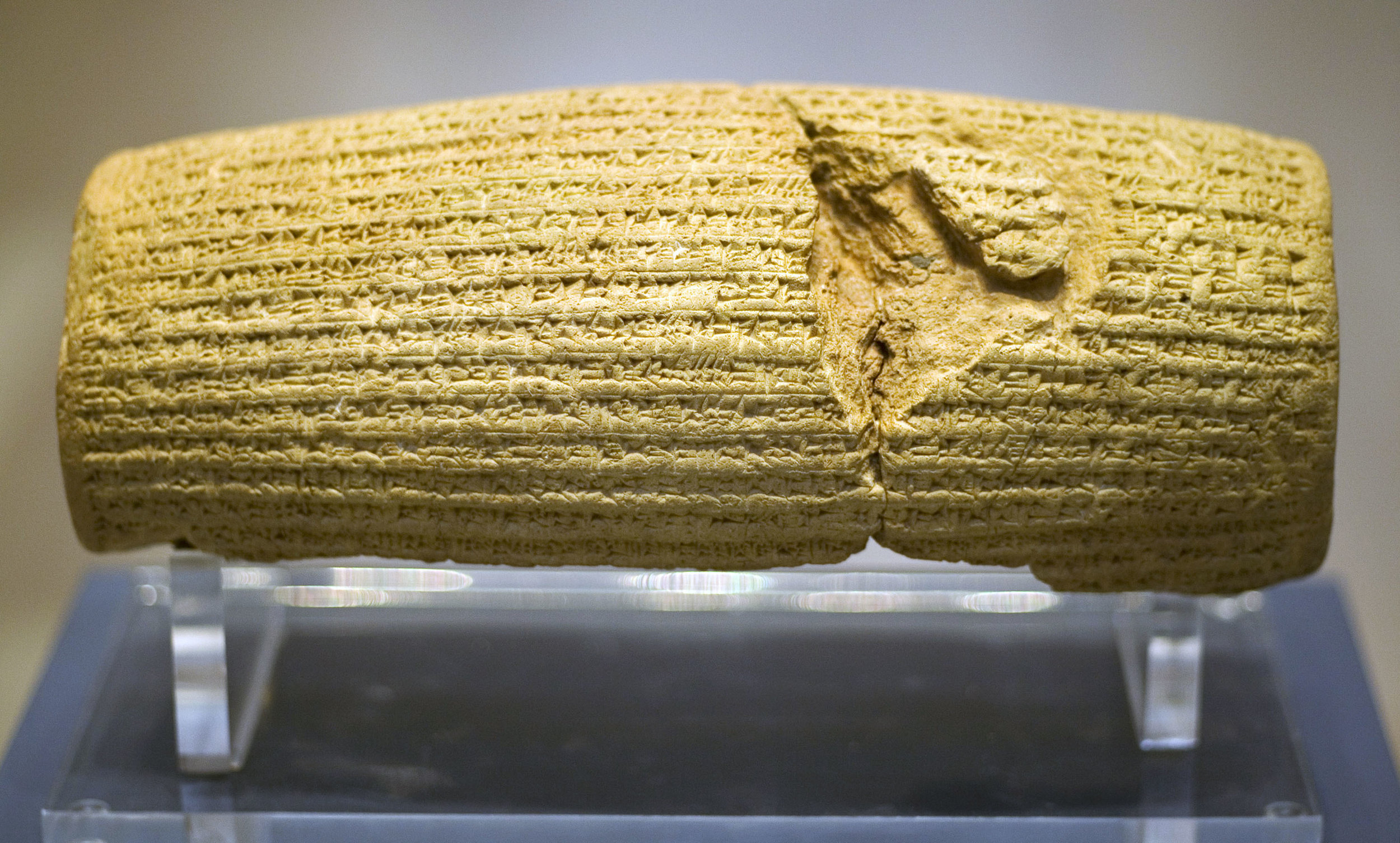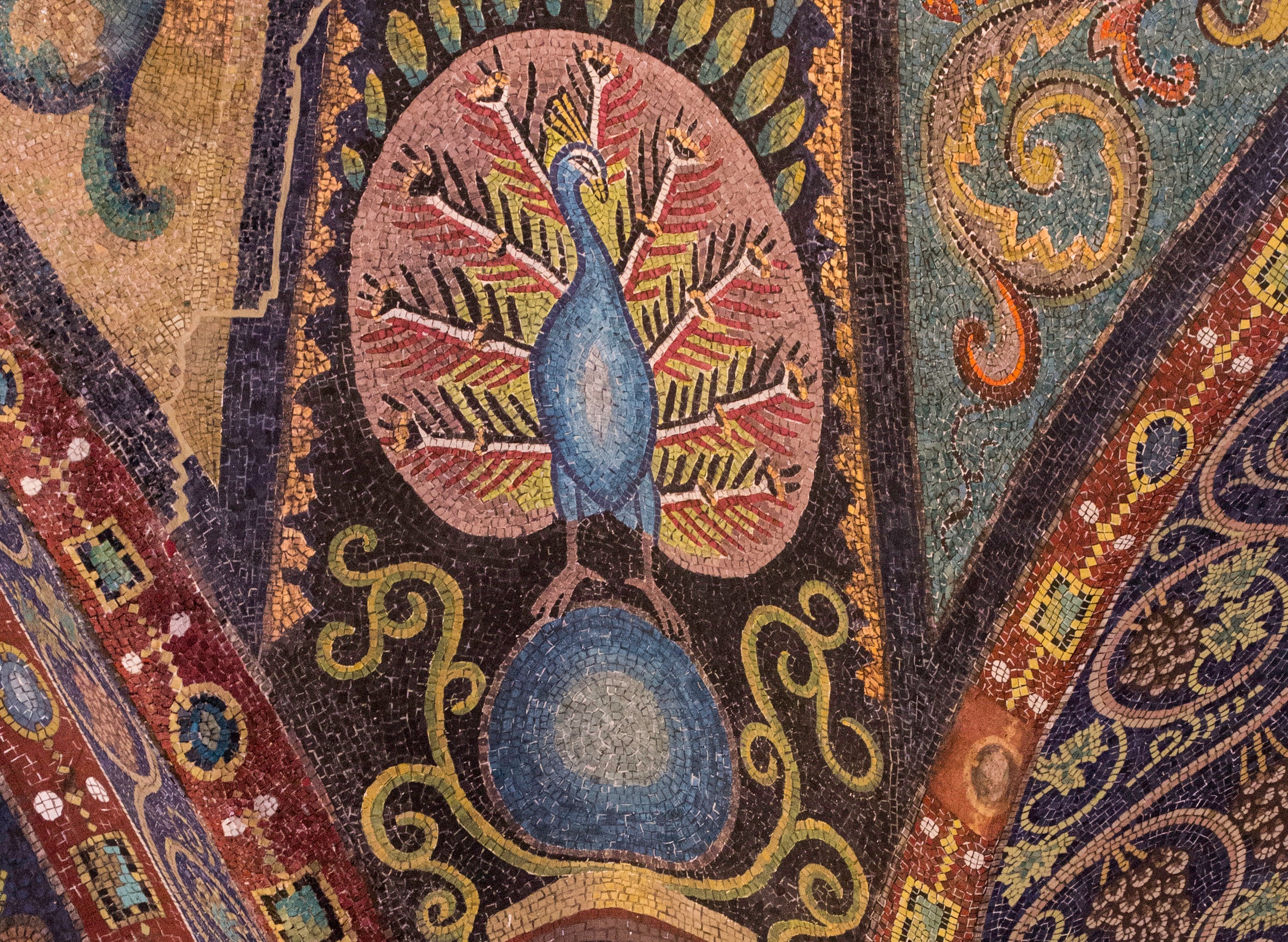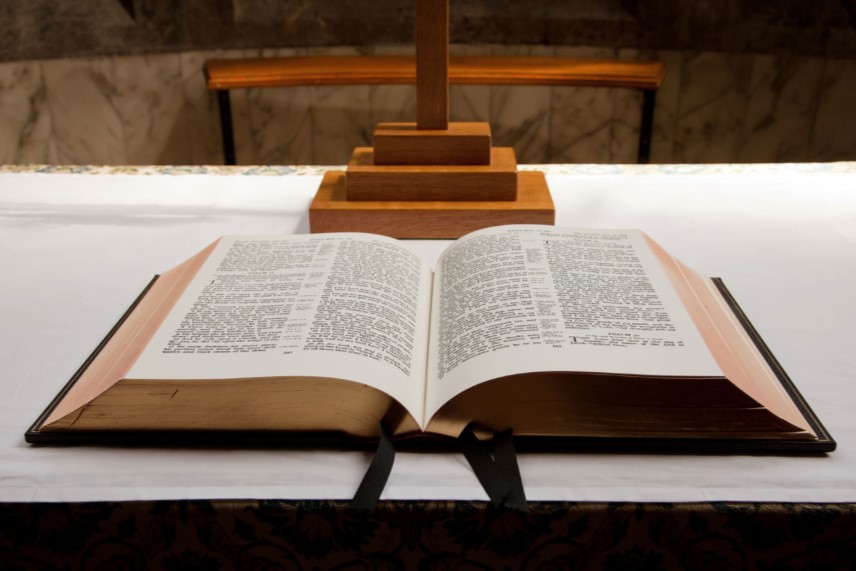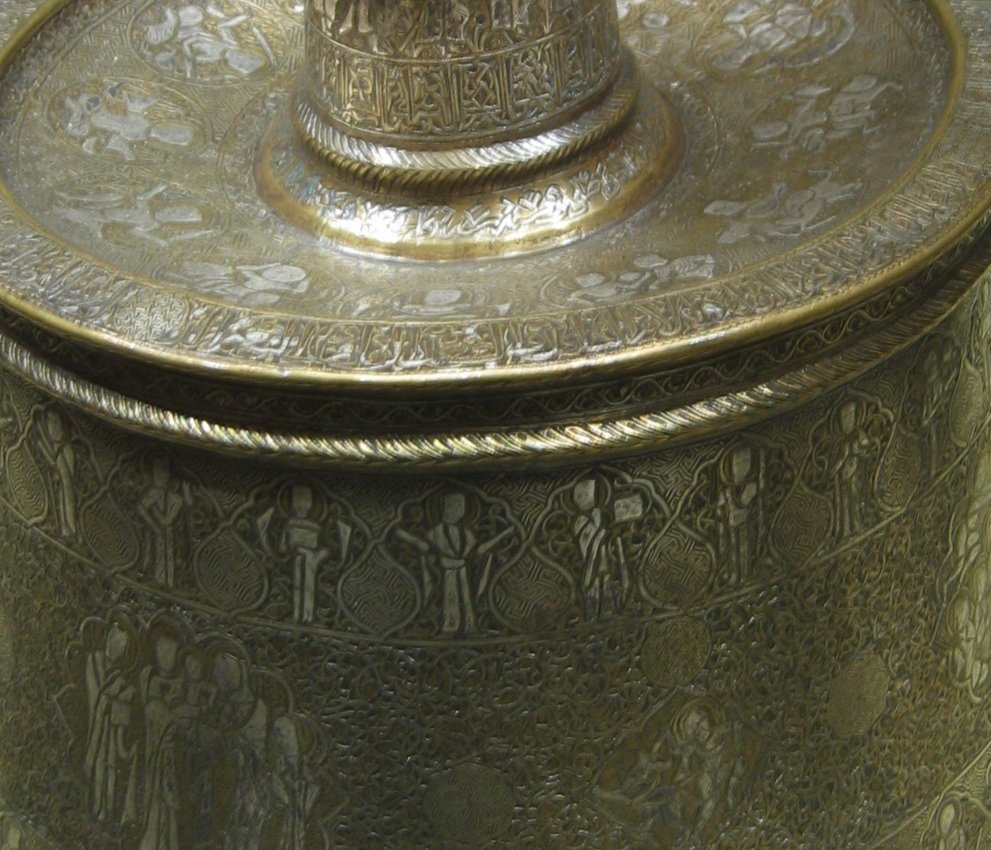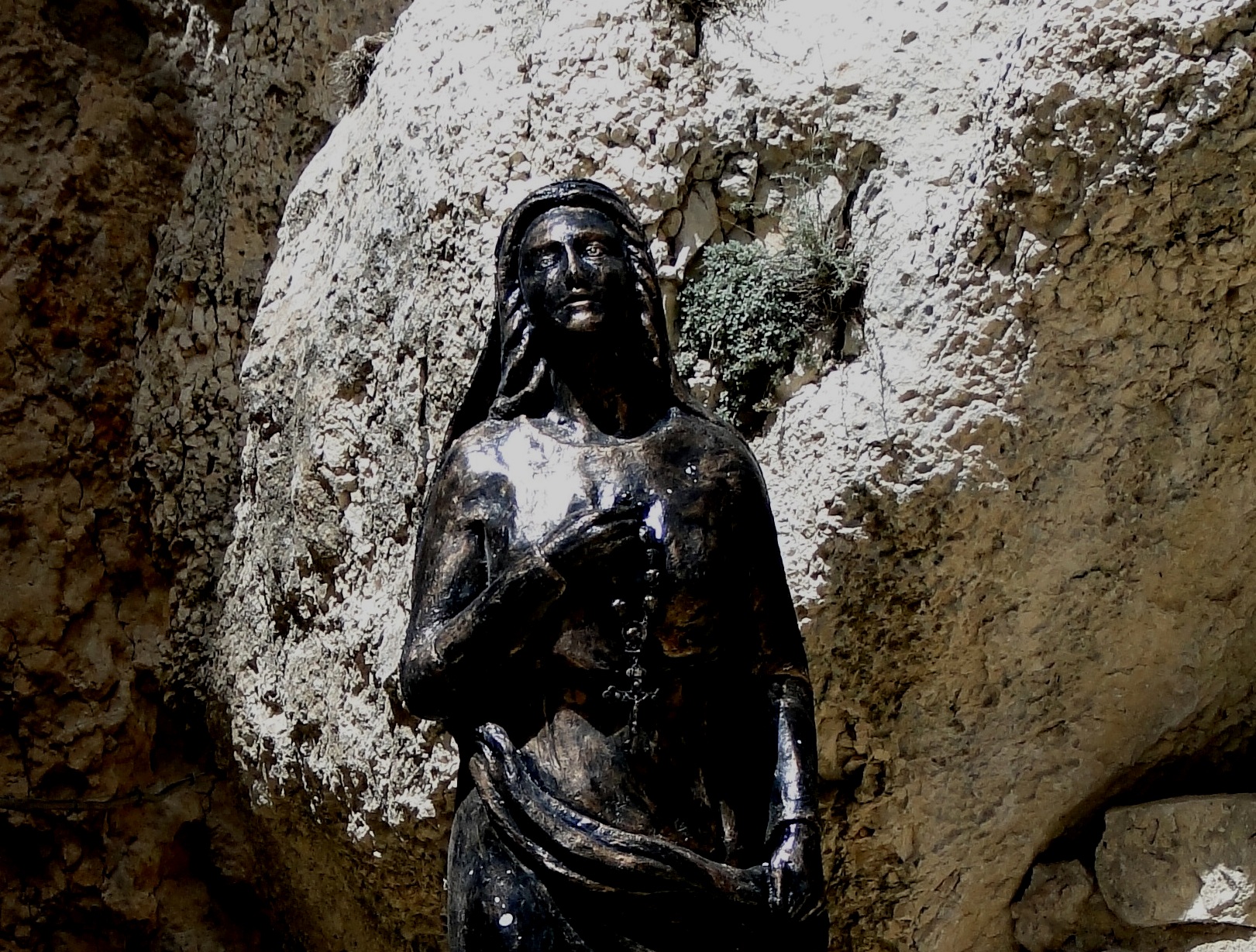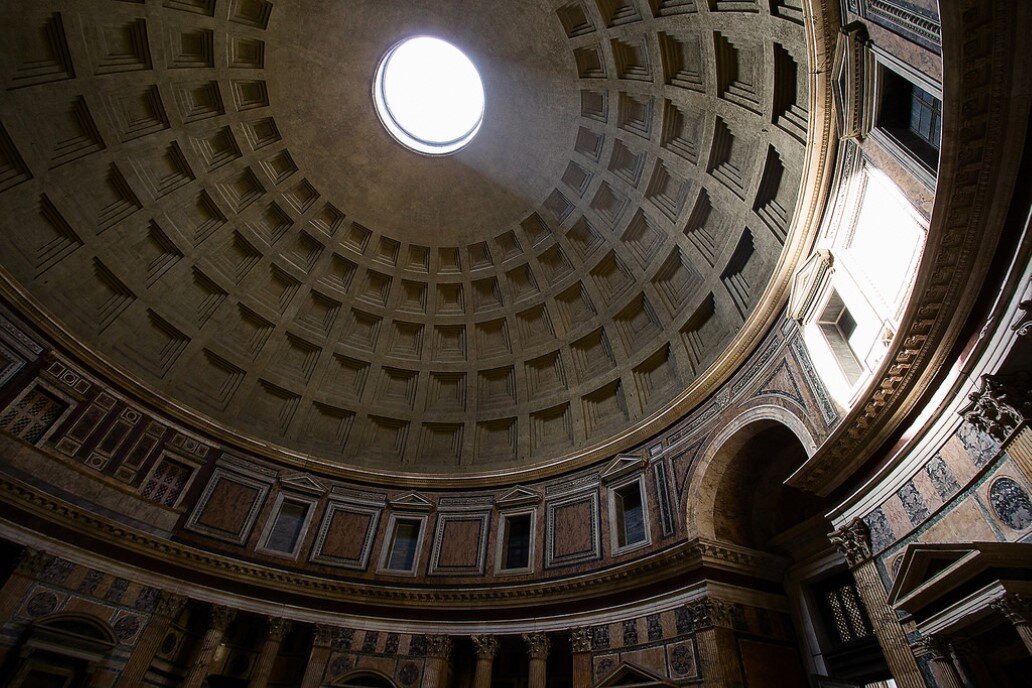The Writings
Bible Studies, Messages, Papers
Photograph: The Tel Dan Inscription, 870-750 B.C.E., noted for presenting the first historical evidence of King David outside the Bible. The Aramean king who erected the stela claims to have defeated the “king of Israel” and the “king of the House of David” under the divine guidance of the god Hadad. The finding of the inscription in 1993 attracted a huge amount of attention, and was published on the front pages of Time magazine and the New York Times. Photo credit: יעל י | CC3.0, Wikimedia Commons.
Bible Studies and Messages from The Anástasis Center: Writings:
Below are messages, small group leader notes, and exegetical notes on the third major section of the Old Testament: the Writings, or Ketuvim in Hebrew: Psalms, Proverbs, Job, The Megillot (Ruth, Song of Songs, Lamentations, Ecclesiastes, Esther), Daniel, Ezra-Nehemiah, and Chronicles.
Notes and Essays on the Writings (Ketuvim)
From Garden to Exile: A Thematic and Canonical Analysis of the Old Testament
There is a pattern in the canonical shape of the Old Testament literature, as divided into three sections: Pentateuch; Prophets; Writings. Each section begins with a garden or garden imagery. Each section ends with a state of exile yet hope for restoration. Biblical scholar John Sailhamer calls these ‘compositional seams’ linking and holding together books of the Bible. The arrangement of the books within each division reinforces the story and significance of garden to exile. Hope builds on itself.
The Heir of David: A Thematic and Canonical Analysis of the Writings
Essay exploring how the Writings — the third group of the Hebrew Bible according to the Jewish tradition — are arranged. There is a garden-to-exile-to-restoration theme that can be discerned in the orderings of the books in the Writings. The Writings develop the readers’ hope in the Heir of David as the one who will bring about the restoration from exile, and return to the garden land.
Why Did God Choose a "Chosen People"? Why Not Just Skip Right to Jesus?
These two questions stand behind all of the questions that we might have about God’s relationship with the people of Israel as portrayed by the Old Testament. Why did God apparently favor Abraham and Sarah and their family? Why did God protect them by taking other human life, like in the Flood, Sodom and Gomorrah, the Egyptian firstborn, etc.?
When God took human life in these occasions, it was not to supposedly demonstrate "retributive justice," but rather to protect His human partners at the time, until Jesus came among the Israelites.
The Troubling Acts of God: The Destruction of the Canaanites
Text of a message focusing on how God engaged with the Canaanites throughout the Old and New Testaments. Slides to this presentation are graphics-heavy so have been divided into part 1 and part 2. When God took human life on some of the occasions where Israel and the Canaanites came into conflict, it was not to supposedly demonstrate "retributive justice," but rather to protect His human partners at the time, until Jesus came among the Israelites.
The Troubling Acts of God: Did God or Satan Make David Sin?
An examination of 2 Samuel 24 and 1 Chronicles 21, where we find a curious mention of Satan acting upon King David, which opens us up into a much larger question. The paper compares Tolkien’s view of Melkor vs. R.C. Sproul’s view of Satan. This paper advocates that both Satan and David had free will. It critiques the “divine meticulous sovereignty” view typical of Calvinists.
Hope Filled Full, Part Three: The New Testament and the Hopes of the Psalms
Essay exploring how Jesus appears to have spoken the psalms as prayers of his own voice, as an amplification of the prayers of David’s voice.
The Structure of the Psalms: The Past, Present, and Future of the House of David
Notes presenting a high-level view of the entire Book of Psalms. These notes draw on the work of biblical scholars Gerald Wilson and Gordon Wenham. These notes help support medical substitutionary atonement, and undermines the case for penal substitutionary atonement, because Jesus’ quotation of Psalm 22 at the cross is Jesus’ positioning of his own pre-enthronement persecution as parallel to David’s pre-enthronement persecution. Read this series of blog posts, where post 2 in the series draws on this material.

